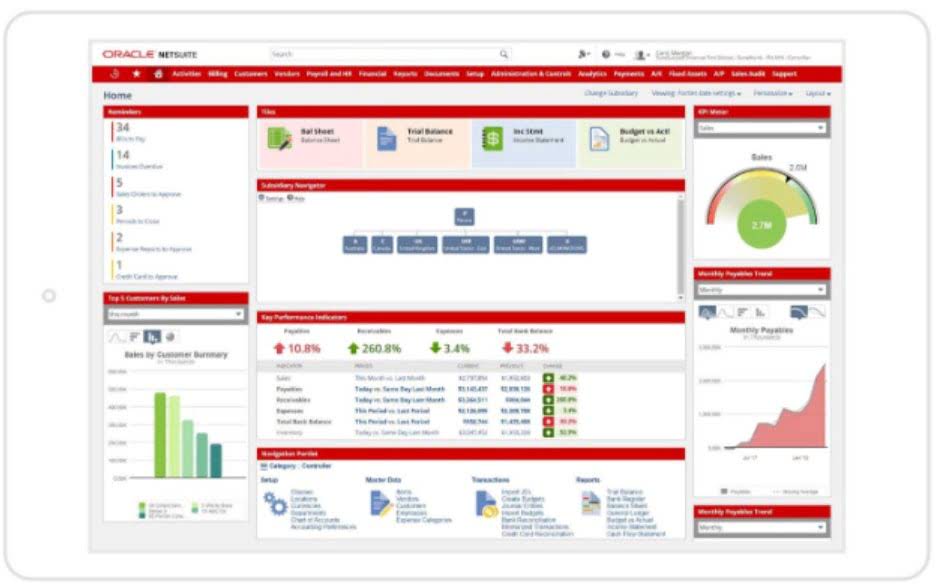How to Bill for Mental Health Services: A Beginner’s Guide

Finally, you can completely give up and join an agency and close your private practice. Be exhaustive with comparing what information you have on file and what they need. IF YOU MUST bill claims via paper, ask about their claims address as well.

RCM Solutions For Hospital Billing Service
- Upcoding refers to the assignment of a code by a provider for a patient that represents a more serious diagnosis or more expensive treatment than is actually the case.
- What I’m trying to convey is that you’re not the only healthcare professional who’s faced with the challenge of getting paid by client insurance providers.
- This step is important because if you make the slightest typo mistake in a patient’s name, insurance ID number, DOB, etc, your claim will be directly sent to the denial.
- Review the EOB to ensure accurate payment and check for any denials or adjustments.
- We discussed solutions to meet the challenges providers face in this practice.
Make sure to submit the claim id number with all of the changes you need to make on your claims. Someone’s last name was spelled wrong or they changed addresses or that “0” was actually an “O” (zero vs the upper cased letter ‘o’). For complex services like a 70 minute emergency call and then a two hour emergency session at their home, you might have absolutely no idea how to bill that situation. We recommend reading and using Barbara Griswald’s book Navigating the Insurance Maze as a primer on how to submit paper claims correctly.
Outsource Mental Health Billing Services
As a mental healthcare provider, you can do everything right up until you submit a claim, but all of your hard work will be undone if you don’t do it properly. For instance, after you provide a service, you should expect to receive a reimbursement from a claim. However, if you file an incorrect code or accidentally file it to the wrong insurer, you can be denied or run into other billing issues. However, regardless of the services you provide, it’s always a good idea to check that your patient is covered for the mental health services they need.
- If insurance refused to cover the entire cost of services, you’ll have to bill your patient for the difference.
- When sending claims, you must check the patient information, codes, regulations, etc.
- After all, billing is closer to business administration and finance than it is to healthcare disciplines.
- Sometimes, these states run insurance program choose a handful of other payers to handle Medicaid claims.
- This requires intimate knowledge of behavioral health coding, as well as access to comprehensive resources on the subject.
CPT Codes and Modifiers for Mental Health Claims
If you aren’t sure how to submit the claim accurately, consider asking a colleague or hiring an expert. Gather if they have a copayment to make per session, or a deductible and coinsurance that you will need to bill them for after their sessions are billed to completion. Review this guide by Simpletivity on how to set up your own Calendly account! You can use these settings to describe your https://www.bookstime.com/articles/what-is-an-invoice-number practice hours and then send invites via a “Schedule with me” link directly to them via email or posted in your email signature. But the same does not happen for hospitals or any other healthcare facilities. People experiencing a suicidal, substance use, and/or mental health crisis, or any other kind of emotional distress can call, chat or text 988, and speak to trained crisis counselors.
Even though many patients possess active coverage, the services might not be reimbursed as a benefit, so this step is essential to make mental health billing smoother. It’s important to know the types of covered mental health services for your patients who may have varying insurance or medical coverage. For example, some insurance will only cover mental health services by specific providers, such as physicians, psychiatrists, clinical psychologists and clinical social workers. Additionally, some independent mental healthcare providers can only diagnose the patient with a mental disorder because insurance will not cover the actual treatment. Also perform a new eligibility and benefits check for that client from Chapter 2 of this mental health billing for dummies guide. Make sure you’re filing claims to the right place, with the right information.

When To Just File Again

Mental health revenue cycle management (RCM) is essential for maintaining a profitable mental health practice. It concerns the financial processes and procedures required to ensure correct and timely compensation for mental health services. While the fundamental notion of Revenue Cycle Management is similar across many healthcare specializations, Mental Health Billing has its issues and obstacles. During this approach, practices can look up details about your patient’s coverage that aren’t frequently listed on the insurance card.

Start your free trial today or request a live demo to see how we can help you get billing right. If the claim has not been received, no corrected claim needs to be submitted, the original claim needs to be submitted. Ensure you refile claims in a prompt manner to make the timely filing window for claims submission. If you’d prefer to offload all of this nightmare, you can hire a billing service as well (and we only work with mental health providers). If you don’t want to use one centralized EHR system, you can file claims to each insurance company’s website via the submission guidelines in Chapter 2. Furthermore, mental health billing necessitates special codes, such as the Evaluation and Management (E/M) codes.
Coding and Payment Guide for Behavioral Health Services Spiral-bound – December 16, 2022
Fair warning, I’m about to bring in another general statistic to help paint the healthcare billing landscape. A more recent survey from 2021 determined that 85% of denials are preventable. Each denial or rejection can happen at one of two places, either at the Clearinghouse level or the insurance company level. If you’ve mailed in claims, wait 4 weeks to call and verify claims are received. If they haven’t been received, verify their claims address and submit again.

